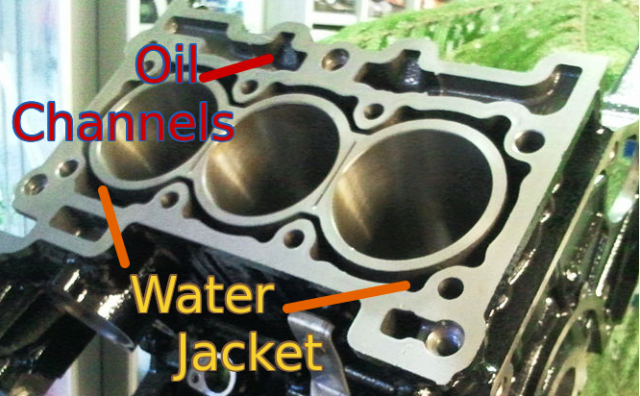- Messages
- 3
- Likes
- 1
- City
- Denver
- State
- CO
- Country
- United States
- What I Drive
- 2016 Fiesta 1.0L SFE HB Manual
Hello,
Does anyone know if a combustion gas leak detector would work reliably on the 1.0l EcoBoost engine (2016 Fiesta SFE Manual 67k miles)? I've used them on more conventional engines, but wanted to check that I wouldn't be wasting my time using a one on the EcoBoost.
I've had a slight coolant disappearance issue for a couple years where the level will stay at the MIN mark. Replaced coolant expansion tank and "hose" that connects to tank's upper connection 16k miles ago which seemed to have fixed things but looks like not a complete fix.
Had seen TSB SSM47587 - "1.0L Ecoboost - Coolant Consumption, White Smoke And/Or Runs Rough" which suggests "investigation of the integrated exhaust manifold (iem) interface is required. Carefully inspect the manifold port area for cracks.". I've read elsewhere about there being small block cracks that eventually grow and kill the engine.
So hoping a gas leak detector could tell me about the health of my block...while the engine still works (for the most part).
Look forward to your thoughts on this.
Thanks.
Does anyone know if a combustion gas leak detector would work reliably on the 1.0l EcoBoost engine (2016 Fiesta SFE Manual 67k miles)? I've used them on more conventional engines, but wanted to check that I wouldn't be wasting my time using a one on the EcoBoost.
I've had a slight coolant disappearance issue for a couple years where the level will stay at the MIN mark. Replaced coolant expansion tank and "hose" that connects to tank's upper connection 16k miles ago which seemed to have fixed things but looks like not a complete fix.
Had seen TSB SSM47587 - "1.0L Ecoboost - Coolant Consumption, White Smoke And/Or Runs Rough" which suggests "investigation of the integrated exhaust manifold (iem) interface is required. Carefully inspect the manifold port area for cracks.". I've read elsewhere about there being small block cracks that eventually grow and kill the engine.
So hoping a gas leak detector could tell me about the health of my block...while the engine still works (for the most part).
Look forward to your thoughts on this.
Thanks.

